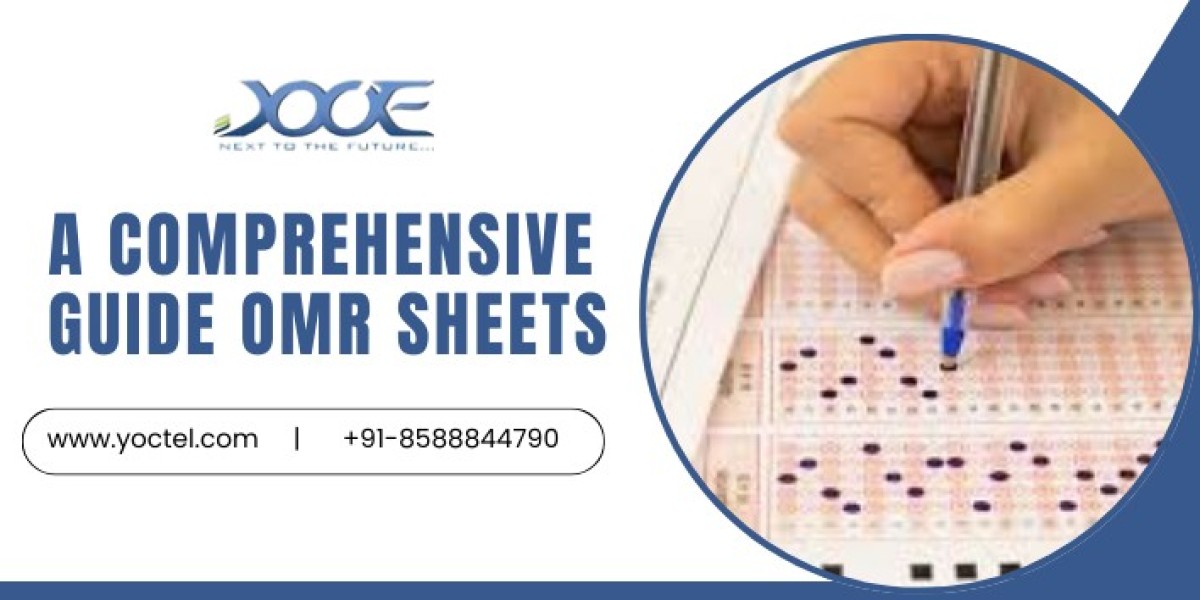OMR (Optical Mark Recognition) sheets are specially designed paper forms used to capture data by detecting marked areas, which is usually filled in by hand. These sheets contain multiple-choice questions or surveys, where respondents mark their answers by shading predefined bubbles or checkboxes. OMR sheets are widely used in competitive exams, entrance exams, feedback forms, surveys, and other data collection methods as they enable quick, accurate, and efficient processing of responses.
How OMR Sheets Work
The OMR Sheets work using optical scanning technology that reads the marked areas on the paper. Here's how they work:
1. Design of the OMR Sheet:
OMR sheets are printed with specific bubble or checkbox patterns that correspond to the questions or answer options. These patterns are designed in such a way that the OMR reader can easily detect the shaded areas. Generally, these include:
- A section for candidate information (name, roll number, etc.).
- A section with questions and options where candidates mark their answers.
2. Filling the OMR Sheet:
Respondents are required to fill in the OMR sheet by shading the bubbles corresponding to their selected answers using a dark coloured pencil or pen. It is important to fill in the bubbles correctly without leaving any blank spaces or markings here and there, as incorrect shading may lead to errors in reading the sheet..
3. Scanning the Sheet:
Once the sheets are filled out, they are processed by an OMR scanner or software. The scanner uses optical sensors that detect light reflection from marked and unmarked areas. When a bubble is shaded, it reflects less light than an unshaded area, allowing the scanner to identify marked responses.
4. Data Interpretation:
The OMR scanner processes the light reflections and converts them into digital data. The software then matches the responses against the answer key or survey parameters, evaluates the marked answers. For exams it will calculate marks based on the correct answers.
5. Data Output:
After scanning and processing, results are ready quickly, whether it's for an exam, survey, or feedback form. This automated process eliminates human errors, speeds up data collection, and allows for quick analysis.
Key Benefits of OMR Sheets
- Speed: OMR sheets enable fast data collection and processing, especially useful for exams with thousands of candidates.
- Accuracy: They provide high accuracy when scanned properly, reducing the risk of manual errors.
- Cost-Effective: OMR sheets offer a cost-effective solution for large-scale data collection, requiring minimal resources for processing.
- Versatility: OMR technology can be applied in a wide range of fields, from academic testing to market research surveys.
In conclusion, OMR sheets are an essential tool in managing large-scale, objective data collection, providing both speed and accuracy in assessments.



